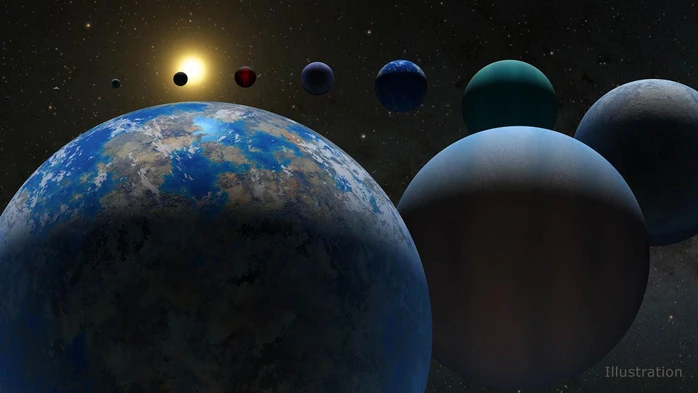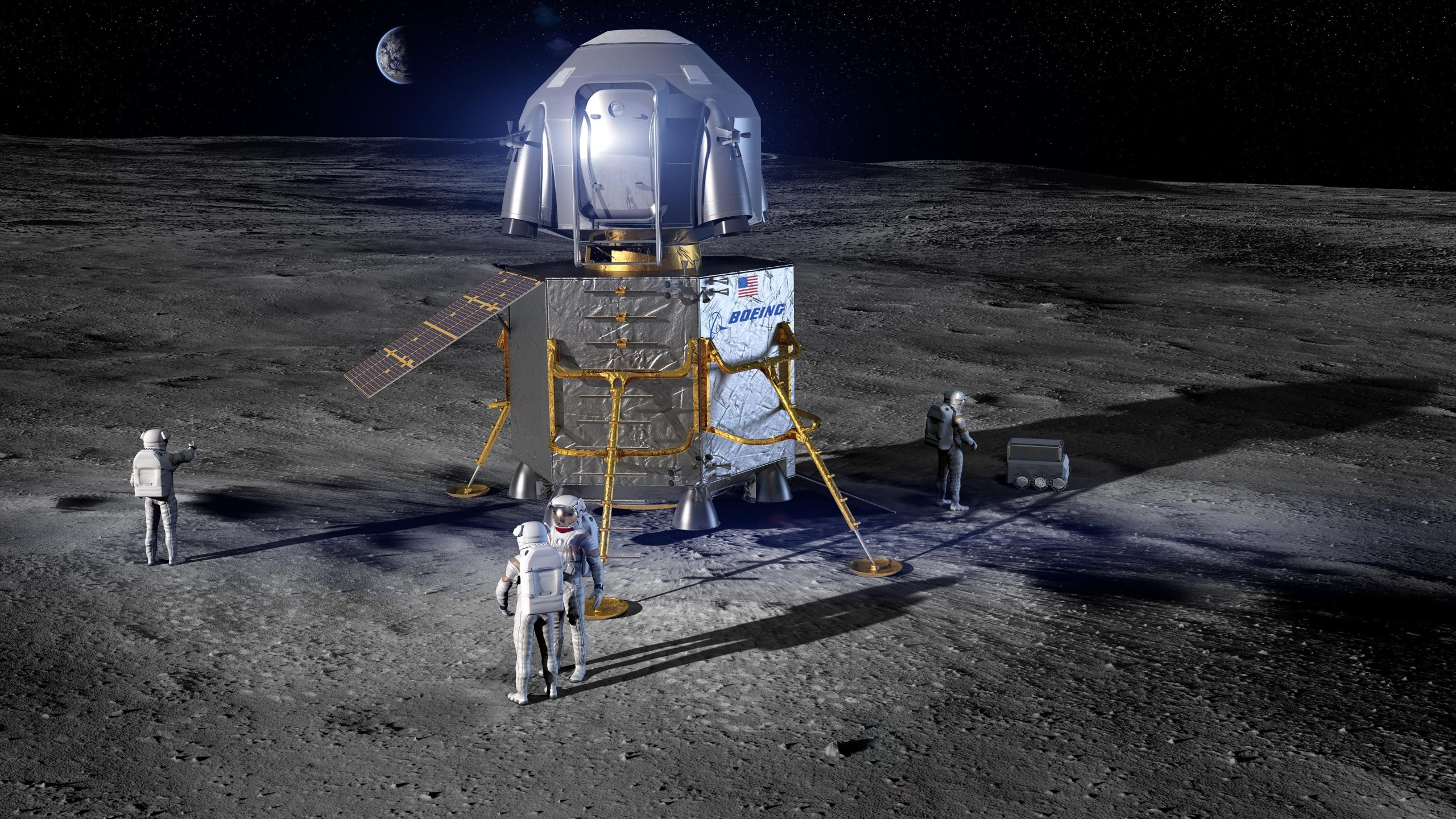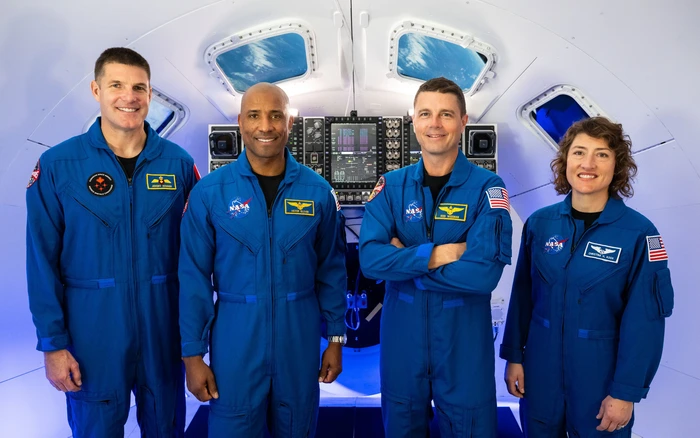In a recent announcement, NASA revealed the results of its 30-year-long quest for extraterrestrial worlds, surpassing a remarkable milestone of 5,000 identified exoplanets. The space agency asserts that it is only a matter of time before we encounter some form of life beyond our celestial boundaries.

According to NASA’s latest count, the accurate number of exoplanets outside our solar system now stands at 5,005. The most recent batch, unveiled on March 21st, consists of 65 newly discovered planets. SciTech Daily quoted NASA, stating that these planets encompass a diverse range, including Earth-like rocky worlds, colossal gas giants dwarfing Jupiter, and even “hot Jupiters” orbiting their parent stars in a self-incinerating trajectory. Notably, the discoveries extend to super-Earths, rocky exoplanets, and mini-Neptunes.
Dr. Jessie Christiansen, head of the planetary archives team and researcher at NASA’s Exoplanet Science Institute, emphasized that each of these planets represents a new world. The discoveries extend to planets orbiting “unbelievable” star configurations, such as three planets revolving around a pulsar.

It is becoming increasingly unavoidable that we will encounter some form of life elsewhere, possibly in a primitive state. The close correlation between the chemistry of life on Earth and the chemical elements found in the universe, along with the prevalence of organic molecules, suggests that the discovery of extraterrestrial life is a matter of time. Dr. Alexander Wolszczan, the Polish scientist who confirmed the first exoplanets 30 years ago, affirms this connection.

NASA’s primary exoplanet hunter remains the Transiting Exoplanet Survey Satellite (TESS), launched in 2018. The recently launched James Webb Space Telescope is poised to study the atmospheres of potentially habitable planets through their spectra.
The upcoming Nancy Grace Roman Space Telescope, scheduled for launch in 2027, promises to bring fresh insights into exoplanet exploration using diverse methodologies. Additionally, the European Space Agency’s Atmospheric Remote-sensing Infrared Exoplanet Large-survey (ARIEL) mission will follow in the footsteps of the James Webb Space Telescope, further delving into the atmospheres of exoplanets.

NASA’s three-decade-long search for exoplanets has significantly expanded our understanding of the cosmos and raised intriguing possibilities about the existence of life beyond Earth. As technology advances and new missions unfold, the quest for alien worlds is poised to uncover even more secrets of the universe.




